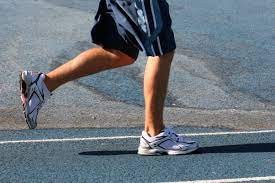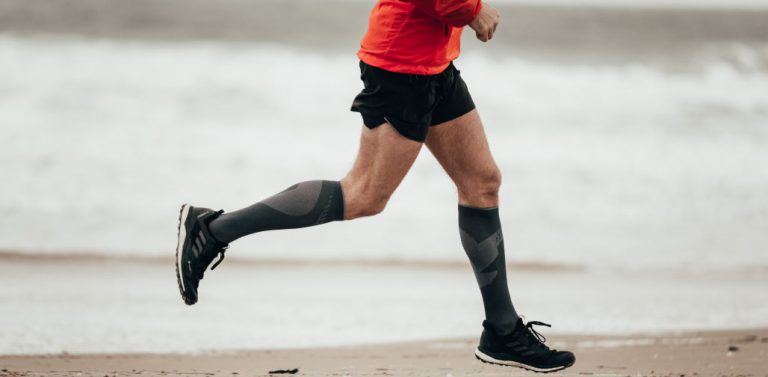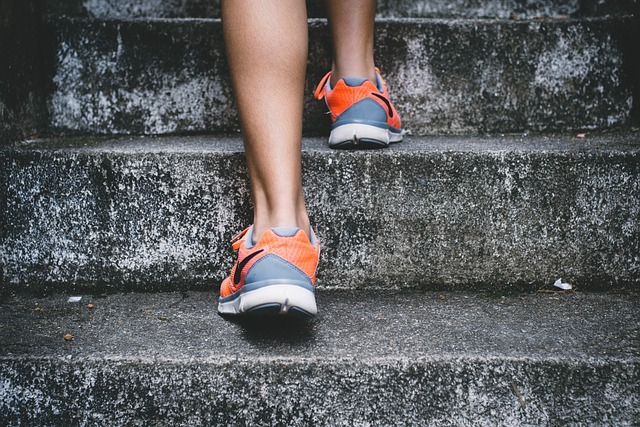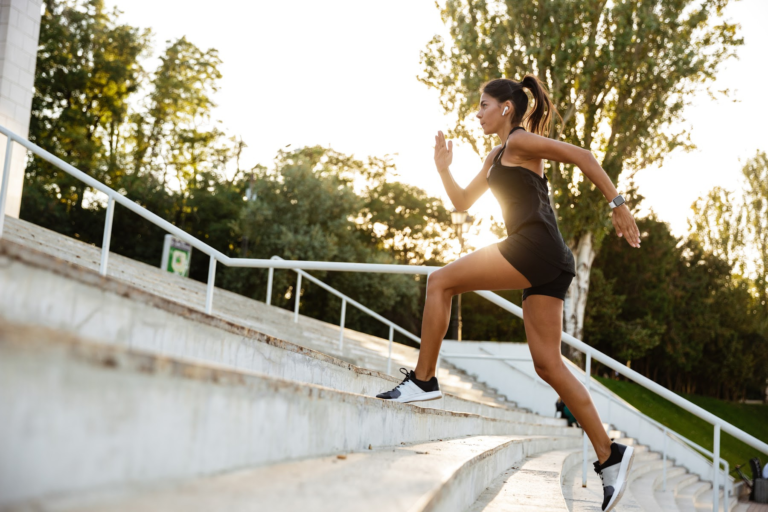Are Running Shoes Good For Walking?
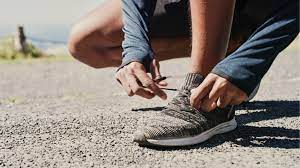
You might have some running shoes sitting in your closet and wonder if you can wear them for walking. The answer is yes and no. Running shoes are designed for running, but some of them can be used for walking as well. Is it ever OK to wear running shoes for walking? While it’s not ideal, it makes sense for some people. Overall, you want to make sure the shoe fits.
However, most of the top-rated brands recommend that you use a different type of shoe when you go on a walk than what they recommend for running. If you get it right, though, walking in running shoes can be just as comfortable as using any other type of shoe. Preventing injuries is only one reason to invest in a decent pair of walking shoes–the right pair may also boost your performance and the amount of exercise you receive. The right shoe will also give you better support and cushioning, allowing your foot to strike the ground in a way that is comfortable and natural.
Even during activities that seem like footwear matters less, you should wear shoes that are in good shape, or you are at risk of injury. Now, let’s dive deeper into how to choose between a running shoe and a walking shoe. Deciding on the best shoes or walking shoes may not be as simple as putting on an old pair of running shoes. We are here to help you determine how to find the right running shoe for you.

Are running shoes good for walking?
A shoe that feels like a general walking flat is probably not all that helpful when it comes to running, and vice versa if you’re an outdoor runner who wants the most supportive shoe on the market. A running shoe is typically made from lightweight, breathable materials and features cushioning on the bottom of your foot to protect them from impact during running or other exercise activities.
Cushioned soles make it easier for runners to cover longer distances without developing soreness in their legs or joints. Which makes these types of shoe ideal for those who engage in regular aerobic activities like running or cross-country skiing (as well as playing sports). However, these features can actually make wearing these types of shoes bad news if you don’t run regularly. A running shoe may not be appropriate for walking if you do not want to risk injuring your feet. So, What makes a good running shoe?
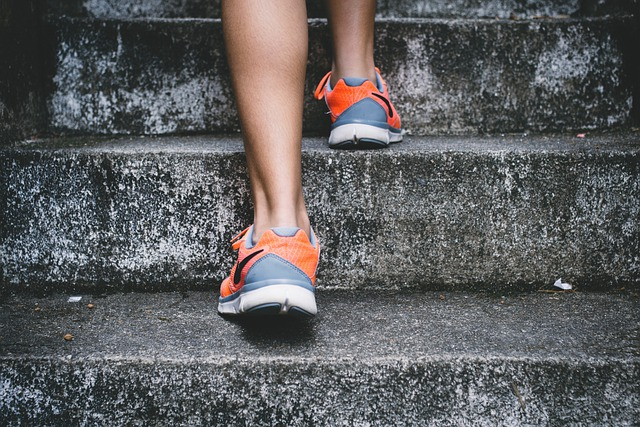
What are Running Shoes?
Running shoes are often more supportive and have more cushioning than walking shoes. This is because running is a high-impact activity, so you need extra protection in your shoe to prevent injury.
Running in the wrong shoe often results in pain or damage. Because less power is applied to the foot and legs when walking, walking in the wrong kind of shoe is often unpleasant but unlikely to result in severe injury. Adidas running shoes for runners are the most popular running shoes.
What are Walking Shoes?
A walking shoe will tend to have a narrower fit with a more rigid heel cup and less padding in the shoe’s sole. Walking involves smaller movements and less impact than running, so you don’t need as much cushioning or support from your shoes when walking.
If you have low arches on your foot, then it could be recommended that you wear running shoes for their higher arch support capabilities. If you feel pain on the underside of your foot when walking or running, this could be due to overpronation (when one foot turns out further than another). Wearing a neutral-cushioned shoe can help stabilize overpronation while providing sufficient shock absorption underfoot during an activity like walking or jogging.
Both walking shoes and running shoes should have about a thumb’s width of space between the end of your big toe and the front of the shoe. They should also be wide enough that your foot doesn’t spill over the sides of the shoe. By learning how to select a good walking shoe, you can compare running shoes and walking shoes to find the model that fits your foot the best.
Types of Running and Walking Shoes
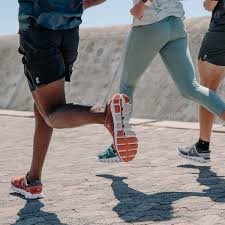
A running shoe is designed specifically for the activity of running. It has a different type of sole than a walking shoe, which allows for better traction and more movement in the heel and forefoot and helps absorb shock from impact. Running shoes are also lighter and more flexible than walking shoes since you’re not going to be doing as much walking on level ground as you would if you were running.
Most running shoes come in several types: neutral, stability, motion control, and maximalist (the last two are not recommended for beginners). Each has some amount of cushioning that helps absorb shock when you land on your feet after taking off from one step to another.
A walking shoe should have arch support because walking is all about posture—just as much as it’s about moving forward. So good posture means strong arches that keep your feet aligned properly while they move through space over uneven terrain or flat surfaces alike.
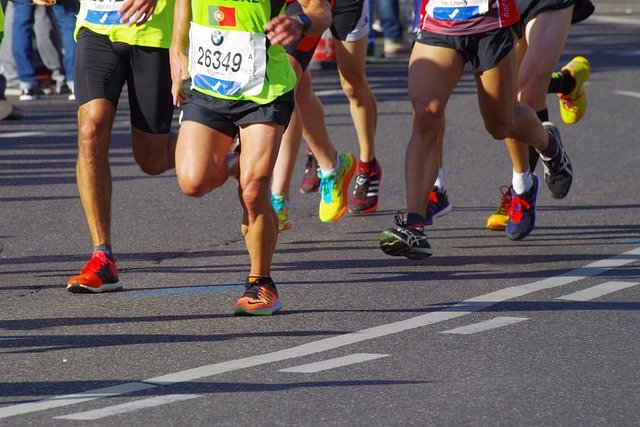
What is the best Running Shoe and Walking Shoe?
Walking is an excellent way to get your heart rate up and burn calories, but it can be hard on your feet if you’re not wearing the right shoes. The key is finding a pair that provides comfort and support while also being durable enough to last through many miles of walking. There are a lot of things we consider before we choose the best running or walking shoes.
Shoes with cushions
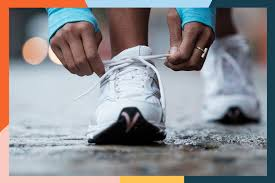
For people who walk on uneven surfaces or have foot pain, shoes with cushioned soles may offer the most comfort. If you walk long distances or on hard surfaces and experience a lot of leg fatigue, you may need shoes with more cushioning. Cushioning is a layer of material that absorbs impact and helps to absorb shock. This can be effective at reducing stress on your joints and muscles when walking, especially if you’re trying to ease pain from an existing condition like plantar fasciitis. New Balance Vongo is one example of an extremely comfortable, cushioned shoe with a full-length medial wedge and a sock-like upper
Shoes With Motion Control
If you have foot problems such as pronation or supination, motion control shoes may be a good option for you. These shoes are designed to help correct the alignment of your feet while walking and running. Motion control shoes usually have stability features that work to prevent injuries and pain by keeping your arches in line with each other so that they don’t collapse under heavy loads (like when running).
Performance Exercise Footwear
Performance exercise shoes are lightweight, durable, and breathable. It’s great for running, lifting weights, and other types of exercise. These shoes keep your feet cool because they’re made to keep the sweat away from your skin so that you don’t feel uncomfortable when exercising. They may be more expensive than other kinds of walking shoes because they’re made to last longer and offer better support than normal sneakers.
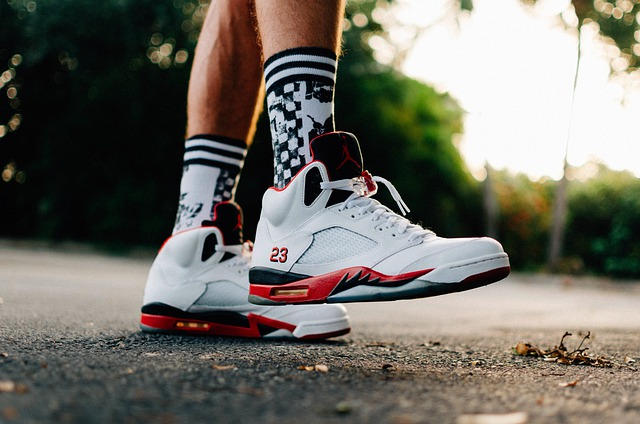
Stability Footwear
If you’re looking for a shoe with excellent traction, then stability footwear is for you. Stability shoes typically have a wider base and more support than neutral shoes. They’re often recommended if you have wide feet or are recovering from an injury.
Most stability shoes are made of synthetic materials like nylon, which makes them lightweight but durable enough to handle the rigors of everyday wear. In addition to being breathable and comfortable, they provide good cushioning so that longer walks won’t feel like torture (as long as they fit properly). They also feature high-quality midsoles that improve support while also reducing shock absorption by up to 50%.
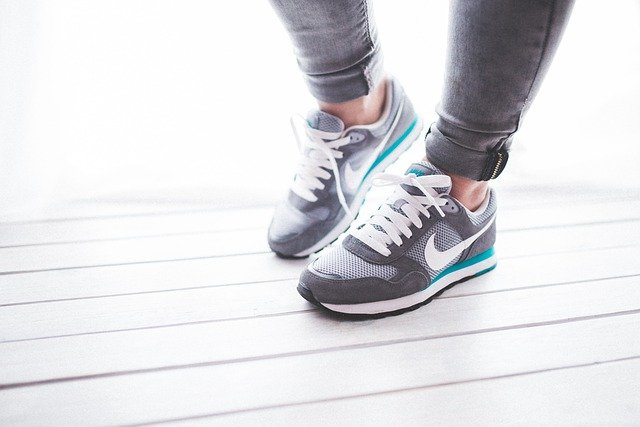
Conclusion
Walking is a great exercise, but it can be hard on your feet. Running shoes are not a good choice for walking because they don’t have enough cushioning. They also typically have more support than walking shoes do which isn’t necessary when walking around town or on trails. However, there are some running shoes that can be used as fitness walking shoes if you pick them carefully and don’t overuse them by wearing them every day as an alternative to other types of footwear like dresses or athletic footwear.
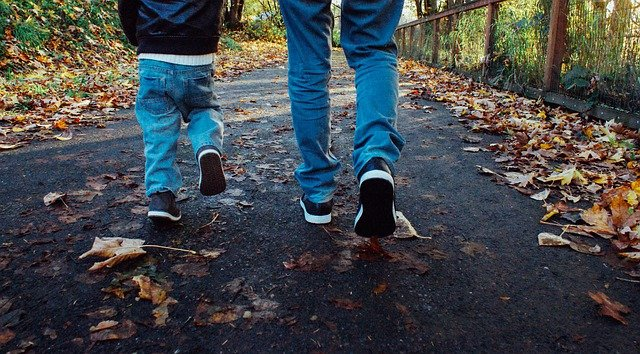
References and Citation
Scott, D. (2022, February 24). Yes, there’s a pretty big difference between walking and running shoes.
Prevention, from Watson, L. (2022, June 20). Are running shoes can be used for walking? Hood MWR., from
Bumgardner, W. (2021, July 18). Are running shoes good for fitness walking? Verywell Fit, from
User, S. (2022, July 19). Walking shoes vs. running shoes. Comprehensive Foot & Ankle Centers – Podiatrist, Foot Doctor Shepherdsville, KY 40165 and Louisville, KY 40241, from
Toms. (n.d.). Walking shoes vs running shoes: What’s the difference? TOMS, from

